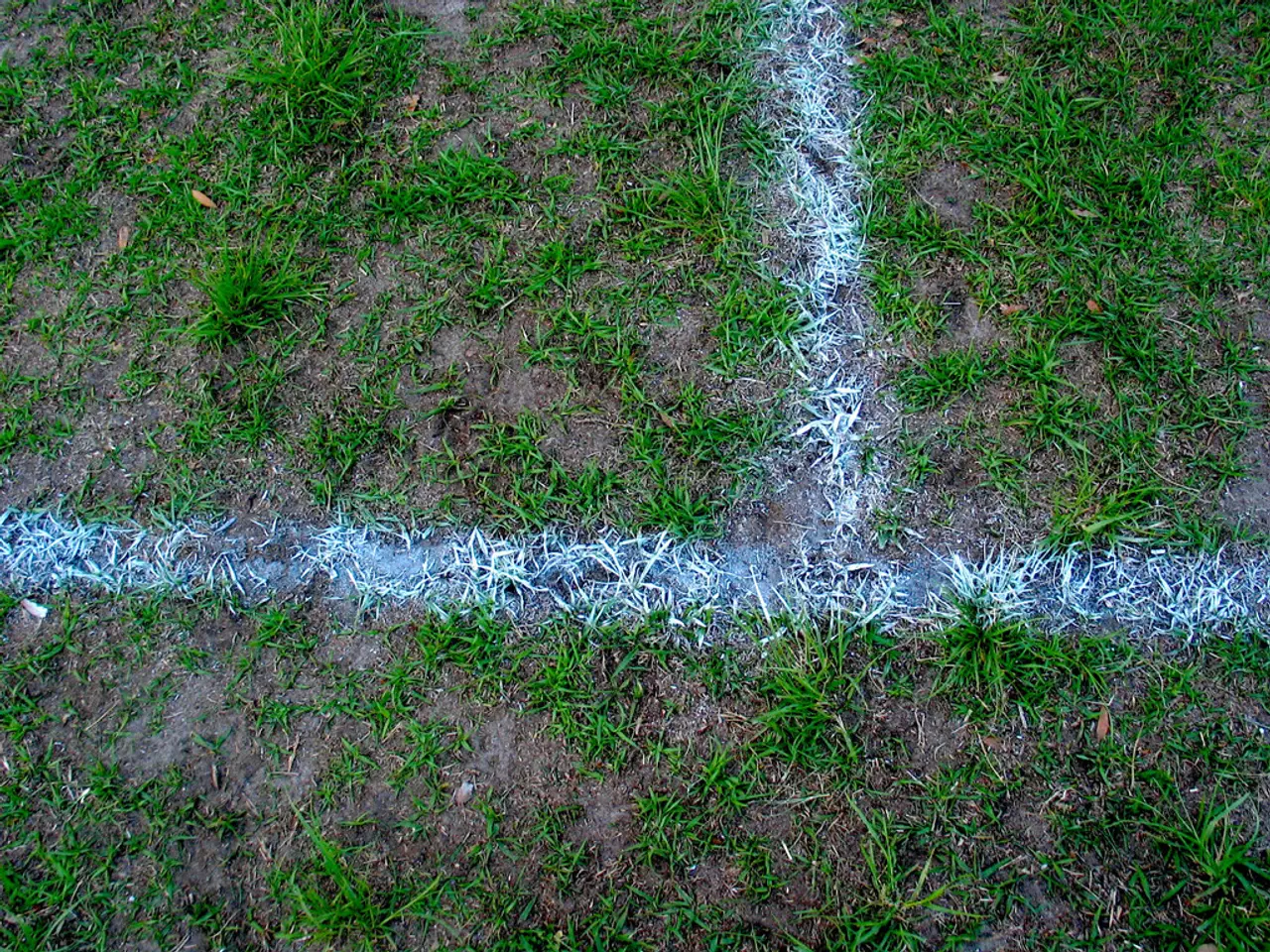Optimal Soil Conditions for Firecracker Plants to Flourish Successfully
Growing a firecracker plant (Russelia equisetiformis) is an exciting venture that doesn't require much fuss or specialized knowledge. This adaptable shrub can flourish in a variety of soil types, from sandy to clay. To get the best results, focus on maintaining good drainage, as these plants are susceptible to root rot in waterlogged conditions.
Soil Drainage:Ensure your soil is well-draining, as this is crucial for the health of your firecracker plant. Test your soil by filling a hole with water and observing how quickly it drains. Aim for a drainage rate of around 1 inch per hour. If your soil retains too much water, consider adding grit, perlite, or other drainage materials to improve drainage and allow oxygen to reach the roots.
Soil Type:Firecracker plants are flexible when it comes to soil type. They are native to Central America and can thrive in warm temperatures and sunny conditions. While they prefer full sun, they can also tolerate partial shade. Sandy and loamy soils are ideal, as they provide good drainage and moisture retention. Clay soils can work too, but you may need to amend them with drainage materials like grit or perlite to prevent waterlogging. If your soil is chalky, the firecracker plant should still be able to grow without issues, although it may require a slightly acidic to neutral pH, between 6 and 7.
Soil Enrichment:Organic compost is your best friend when it comes to enriching the soil for your firecracker plant. Incorporate compost into the soil during planting to provide the nutrients needed for vibrant growth. Additionally, consider adding a layer of compost to the soil surface every year, allowing nature to do the mixing for you.
Soil Microbes:Don't overlook the role of soil microbes in your garden. These tiny organisms play a crucial role in supporting plant life, particularly in nutrient uptake and cycling. To promote healthy soil microbes, incorporate organic matter, practice crop rotation, minimize soil disturbance, and avoid using excessive chemical fertilizers and pesticides. Encourage mycorrhizal fungi by adding phosphate-solubilizing bacteria or using mycorrhizal inoculants.
Lifestyle: Incorporating the firecracker plant into your home-and-garden setup can contribute to a vibrant and healthy outdoor space, offering a low-maintenance yet exciting addition to your gardening repertoire.
Gardening Practices: To foster the best soil health for your firecracker plant, ensure proper drainage, opt for suitable soil types (such as sandy, loamy, or clay mixed with appropriate drainage materials), enrich the soil with organic compost, and consider the importance of soil microbes for nutrient uptake and overall plant health.








